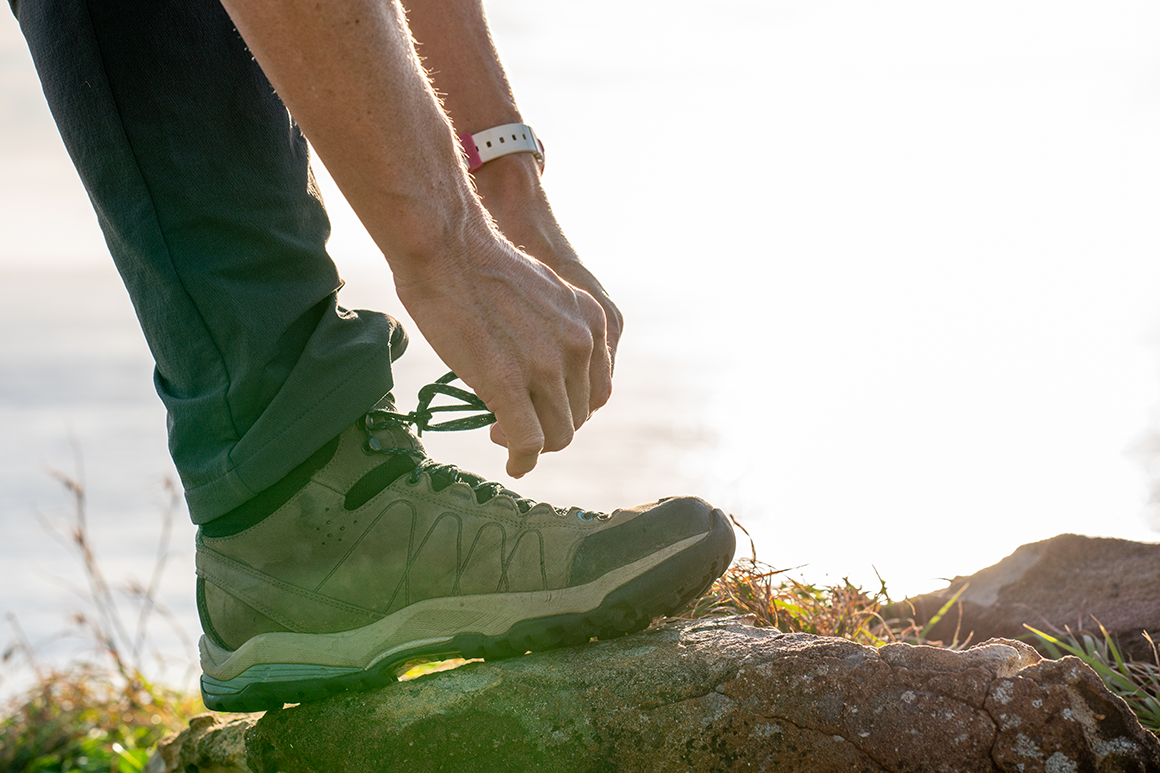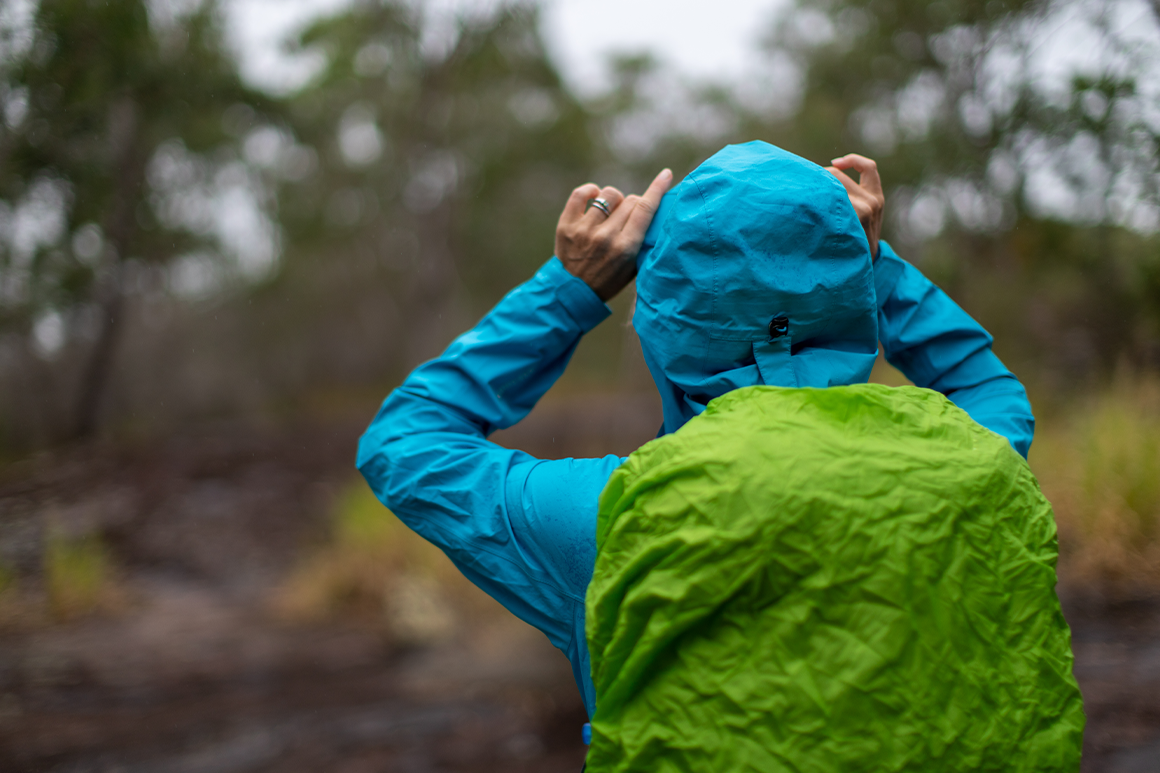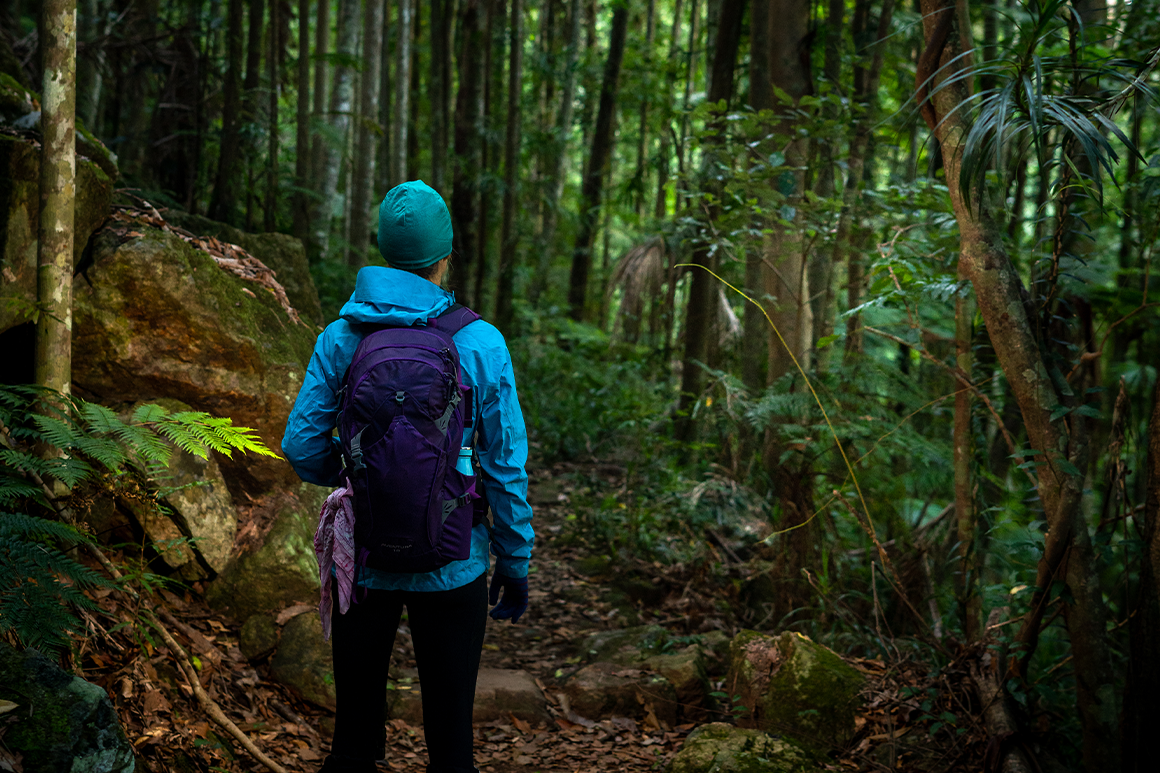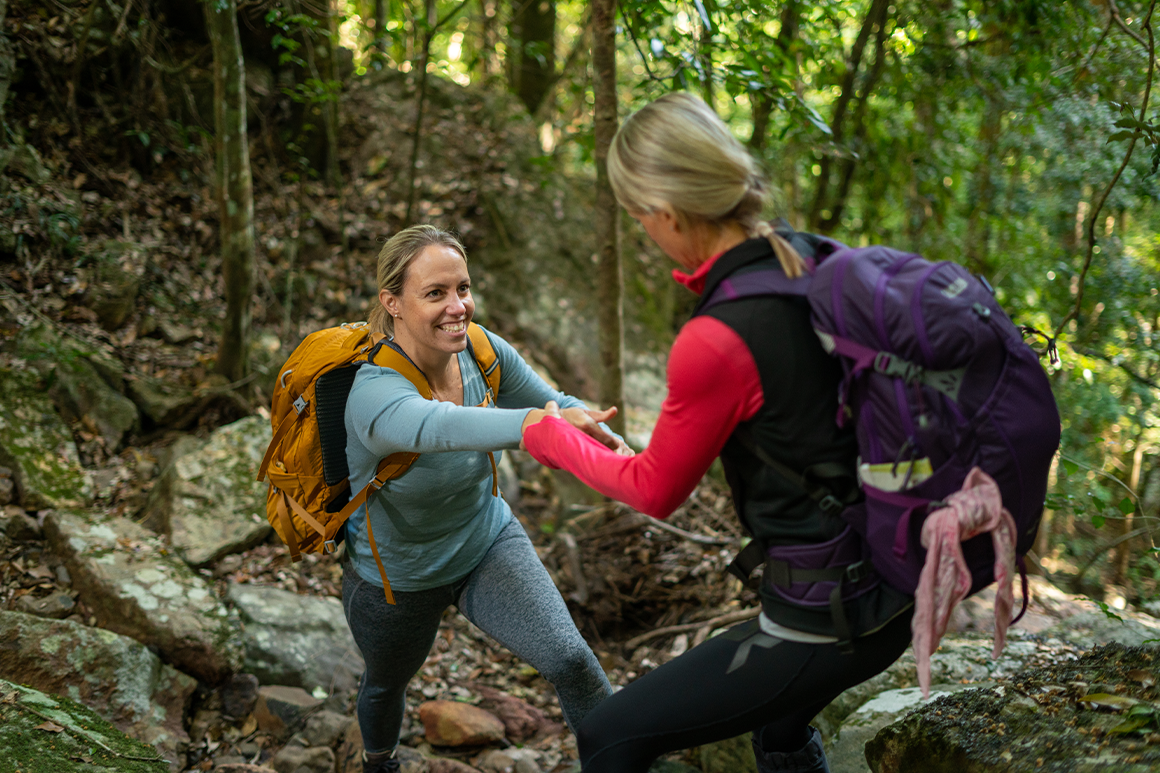- Categories:
You can feel the excitement! The Big Day Out (aka. your first day hike) is looming.
Heading out into the wilderness as a first-time day-hiker brings with it a great deal of anticipation and nervous energy. But, beware! There’s a temptation to just ‘get out there’, ‘just do it’.
That’s usually fine for a short walk, where you can throw a few things into your day pack and enjoy the walk, if you have a basic level of fitness and some decent gear. For a longer walk, it means you’re overlooking some basic but vital preparation! For hikes longer than 3 hours, your level of preparation needs to step up to ensure you are well-equipped to face the unexpected.
Queensland National Parks offer a diverse range of exciting half day and full day hikes and we want you to ‘Think outside’ and enjoy them! So here are 3 of the most common lessons that novice day-hikers have learnt (the hard way). Learn from them, and you’ll be well prepared!
1. My trainers just didn’t cut it

Appropriate footwear | Greg Cartwright © Queensland Government
We’ve all hiked with a friend or family member who, after a short time, begins to complain of blisters or appears unsteady on their feet and slows their pace considerably.
Usually the fault lies in their feet, or more accurately, their shoes!
The quality and type of footwear they are wearing may not be suited for walking on uneven, rocky, undulating or slippery trails.
That’s why it is so important that you choose the correct type of shoe. Those gym shoes you bought 5 years ago just aren’t going to cut it out in the bush! Your feet move differently inside a shoe when walking on natural terrain compared with hard, flat man-made surfaces. You need grippy soles, ankle support and toe protection for rocky terrain.
A decent pair of trail shoes or boots could be the best investment you ever make—if you choose carefully. Typically, you should allow a half to one size bigger in choosing a trail shoe, as feet tend to swell when walking for longer distances. Have your shoes fitted at a reputable outdoor gear store. And while you’re there, invest in a pair of good quality hiking socks that go well above the ankles—no secret socks!
2. I didn’t realise the weather could change so rapidly

Appropriate wet weather gear | Greg Cartwright © Queensland Government
The morning dawns bright and sunny, so you head off for your hike full of excitement and energy, looking forward to the adventures that await. But just a little way along the trail, the sky darkens, the wind whips up and it begins to pour with rain. What?!
Your clothes are soon soaked and you begin to feel cold as the wind blows through your shirt. You’re worried about your mobile phone and camera getting soaked. Mist has come in over the trail and now you’re feeling a little unsure of the direction you are going. A sense of panic starts to set in. Do you turn around and go back or do you continue to the end of the trail as you had planned? Not good.
Researching the weather forecast before you head out on a hike is important. But conditions can and do change rapidly in the great outdoors. Forecasts are not always accurate, which means you need to be equipped to deal with the unexpected.

Appropriate cool weather gear | Greg Cartwright © Queensland Government
For example, your clothes! Make sure you have clothes that allow for ‘layering’, in materials that complement each other in the outdoors—wicking/dryfit/merino wool garments, made for hiking, and a good waterproof jacket are’ must-haves’.
Avoid cotton because when it gets wet, it stays wet … and begins to chafe!
Your waterproof rain jacket, hat, buff, (beanie and gloves, if you’re walking in a cool area), rain cover for your pack, dry bag, warm layers, sun protection and extra socks should be ‘constants’ in your backpack, wherever you go.
Fact: If you have the right gear, hiking in the rain can actually be exhilarating!
3. I totally underestimated the terrain

Navigating tricky terrain| Greg Cartwright © Queensland Government
Here’s food for thought—hiking requires some fitness!
Your body and mind will be challenged if you haven’t undertaken some basic physical preparation. Walking on undulating terrain, crossing riverbeds, climbing steep ascents and concentrating on a tricky trail takes a lot more time and energy than a walk around the suburban block with the dog, relentless traffic and ferocious barking behind fences notwithstanding!
There are many grades of trails to choose from, and you should consider this when planning your first day hike. Train by building up from 1 hour walks to 2, and then move on to longer hikes, including some with big ascents, before attempting a day hike.
It’s also worth noting that the indicative times for trail distances can vary widely from person to person, depending on fitness level, the number of people in your group, your (and their) trail walking experience, how often you stop along the route and the prevailing conditions.
Even the distance of a trail can be misleading if you don’t take into account the profile of the terrain and the cumulative ascents and descents along the way.
As a rule of thumb, it’s always best to overestimate how long it will take for a particular section of the trail, adding in 15–20min for snack and lunch breaks.
So read up on the trail route and always carry relevant maps and track notes with you. This way you can find exit points along the route if you need to cut the walk short, due to weather or injury, and you can always turn back if the conditions call for a change.
Bring on the walks!
Now you’ve learnt from these valuable lessons for ‘novice’ hikers, you are free to ‘get out there’ and enjoy all that Queensland National Parks have to offer for walkers and hikers of all ages and abilities!
Find out more about planning your hike.


